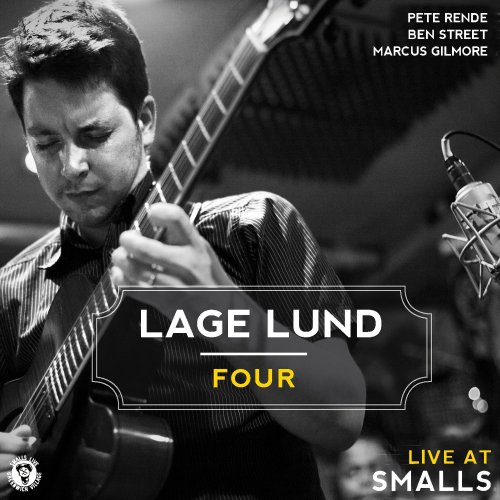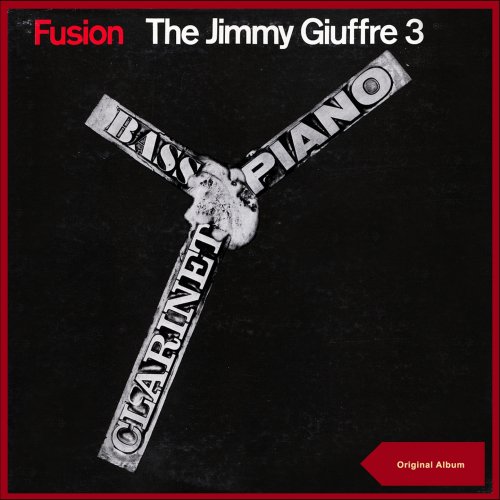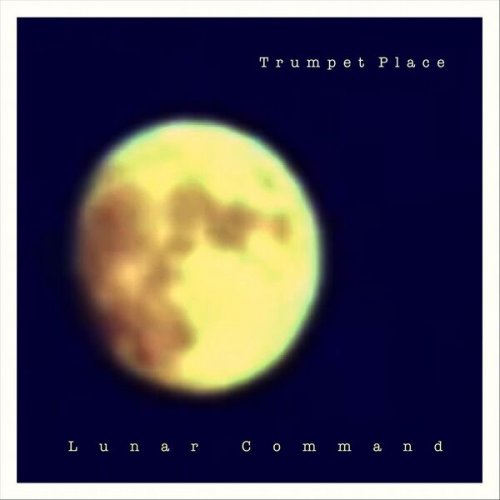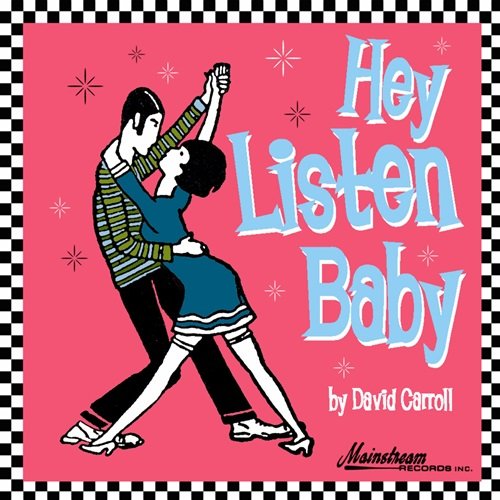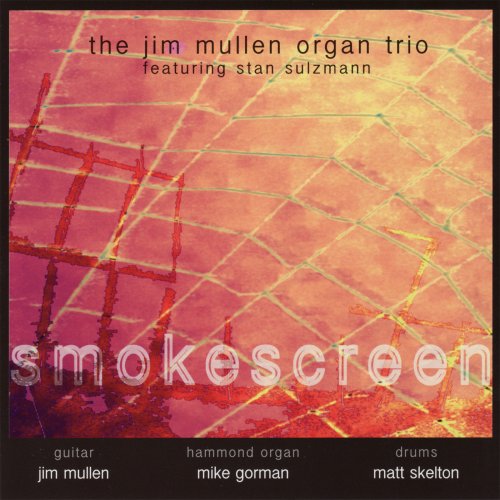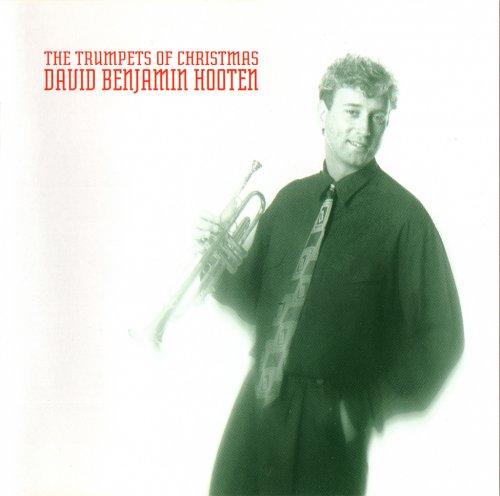Kaori Saeki - Carl Czerny: Piano Sonata I, Between Beethoven and Liszt (2025)

Artist: Kaori Saeki
Title: Carl Czerny: Piano Sonata I, Between Beethoven and Liszt
Year Of Release: 2025
Label: Vinci Classics
Genre: Classical Piano
Quality: flac lossless (tracks)
Total Time: 01:12:09
Total Size: 213 mb
WebSite: Album Preview
TracklistTitle: Carl Czerny: Piano Sonata I, Between Beethoven and Liszt
Year Of Release: 2025
Label: Vinci Classics
Genre: Classical Piano
Quality: flac lossless (tracks)
Total Time: 01:12:09
Total Size: 213 mb
WebSite: Album Preview
01. Piano Sonata in B Minor, Op. 145: I. Allegro con brio
02. Piano Sonata No. 9 in B Minor, Op. 145: II. Scherzo. Allegro molto - Trio. Un poco sostenuto
03. Piano Sonata No. 9 in B Minor, Op. 145: III. Adagio. Molto espressivo
04. Piano Sonata No. 9 in B Minor, Op. 145: IV. Allegro vivace
05. Piano Sonata No. 9 in B Minor, Op. 145: V. Rondo. Allegro moderato
06. Piano Sonata No. 9 in B Minor, Op. 145: VI. Fuga, Allegro
07. Piano Sonata No. 3 in F Minor, Op. 57: I. Allegro moderato (con anima)
08. Piano Sonata No. 3 in F Minor, Op. 57: II. Andante con moto ma serioso
09. Piano Sonata No. 3 in F Minor, Op. 57: III. Scherzo. Allegro molto agitato
10. Piano Sonata No. 3 in F Minor, Op. 57: IV. Finale. Allegro ma non troppo. Capriccioso
11. Der Pianist im klassischen Style, Op. 856: No. 41, Prelude. Andante serioso
12. Der Pianist im klassischen Style, Op. 856: No. 42, Fugue. Allegro risoluto ed energico
There are few musicians whose works are played as frequently as Carl Czerny. There is probably no classically-trained pianist on earth who has not played several pieces penned by him. Probably, in terms of quantity, the average pianist has played more Czerny than, say, Schoenberg or Bartok. In spite of this, few musicians are as misunderstood as Czerny. His name has become synonymous with boredom, dryness, mere technique, mechanical playing. Which are not flattering qualities for a musician. Czerny’s blessing and his curse (and perhaps also those of many pianists) have been his countless studies and exercises, which bring a total beginner from the discovery of the white keys of the piano to a level of virtuosity allowing the performer to tackle the works of Franz Liszt – who was Czerny’s student. Undeniably, Czerny’s studies and exercises are highly useful, if they continue to be employed so diffusely two centuries after his lifetime. But they represent only one aspect of his personality. Their extremely high number makes of them an extraordinary repository for all piano teachers, but have also alienated from him the sympathies of many pupils. (And all pianists have been pupils!). The very fact that one of the pieces recorded here bears an opus number in the 800s underpins the extraordinary fecundity of Czerny’s pen and of his creativity: very few nineteenth-century musicians went beyond one or two hundred opus numbers, and he reached one thousand! Furthermore, Czerny was also very active as a teacher (and this should not surprise us) and as an author. His documents about the performance of Beethoven’s works are extremely interesting (even though perhaps not totally reliable), and his instructive edition of the Well-Tempered Clavier has influenced the reception of Bach to an extent which is almost unimaginable.
Yet, the figure of Czerny as a composer in his own right still requires its due assessment. Certainly, not all works published by him aim at a high artistic quality: this was not the purpose of his studies and exercises. But what can be said about the works which were actually conceived for the concert stage? The present recording is a valuable contribution to the rediscovery, appreciation, and fair understanding of this figure, mistreated by posterity.
Czerny was born in Vienna in 1791, the place and year of Mozart’s death. His first musical education took place under the wings of his father, who was a multi-instrumentalist and singer. At seven, Czerny’s talent had already shown itself in the form of his first compositions; and at eight he was able to approach some works composed by a still young Beethoven. Czerny’s teacher put him in touch with the German composer, who completed his technical education but also introduced him to the finesses of piano interpretation, through the fundamental treatise signed by one of Bach’s sons, Carl Philipp Emanuel. At age nine, Czerny debuted as a soloist in Vienna, performing the extremely complex C-minor concerto by Mozart, whose difficulty is technical as well as artistic. Czerny’s regular lessons with Beethoven came to an end when the boy was just a teenager, but their friendship lasted and grew with time; Beethoven showed his appreciation and esteem for his former student on a number of occasions, and in particular he demonstrated his reliance on Czerny’s precision by entrusting him with the proof checking of his published works. Furthermore, Czerny would play Beethoven’s music for his entire life, and, during his former teacher’s lifetime, he would also premiere some of his works. A telling demonstration of Beethoven’s appreciation of Czerny is the fact that Czerny became the piano teacher of Beethoven’s nephew; Czerny, in fact, combined the instruction he had received from Beethoven with that he inherited from Clementi during the Italian maestro’s stay in Vienna.
Czerny was also able to play practically the entire pianistic oeuvre by Beethoven by heart, and his impressive knowledge of the repertoire of both the past and the present would be one of the many resources he employed in his own teaching, especially with as gifted a student as Franz Liszt. Similar to what had happened between Beethoven and Czerny, Liszt was brought to Czerny at age nine. Whereas, however, the child Czerny was already very structured as a pianist by the time he began his courses with Beethoven, the same could not be said of the young Liszt. Czerny recalls their encounter with mixed feelings: “He was a pale, sickly-looking child, who, while playing, swayed about on the stool as if drunk…His playing was… irregular, untidy, confused, and…he threw his fingers quite arbitrarily all over the keyboard. But that notwithstanding, I was astonished at the talent Nature had bestowed upon him”.
Liszt would profit immensely from Czerny’s teaching (and his gratitude was increased by the fact the Czerny did not ask for remuneration, in consideration of the boy’s impressive gifts). And, not just out of gratitude, Liszt would constantly play Czerny’s works in his own concerts, especially in Paris; indeed, he would dedicate some of his own most difficult compositions, the Etudes d’execution transcendante, to his former teacher.
Given these testimonies of Czerny’s artistic standing, the listener is invited to approach with a blend of curiosity and wonder the recordings issued on this album. The first composition offered here is the “Grand Sonata” op. 145 in B minor, which stands as a lasting legacy of Czerny’s mastery of “all things pianistic”. It is a summa of technical difficulties, as one could expect; its broad scope and complex writing reveal its ambitious conception, and also the ability of its composer to mix the ingredients at his disposal. From the viewpoint of form, it is a large-scale work; as concerns style, it is typical for the transition between Classical and Romantic era, with structural clarity in its architecture but also fiery and inflamed outbursts of impassionate expressiveness.
This Sonata belongs to a cycle, of which it represents the second longest work; it contains, among others, two scherzos and a fugal movement, and is clearly conceived as a majestic architecture of its own. Its dedicatee was Ignaz Moscheles, another great pianist and composer of Czerny’s time (also belonging in Beethoven’s circle). It opens with a superb movement in Sonata form, followed by a scherzo, whose theme will resurface in the fifth and sixth movements, anticipating Franz Liszt’s use of recurring motifs. The Adagio is reminiscent of other slow movements from earlier Sonatas, and is punctuated by drumroll motifs. A second scherzo follows, in the tempo and style of a Badinerie. A Sonata-Rondo follows, in which previously-heard motifs are cited, but also subtly disguised. The following three-part Fugue recalls the theme of the first scherzo. This Sonata displays a remarkable tonal and motivic consistency, with citations and transformations of themes and motifs.
If a music lover were to hear someone mention a Sonata in F minor, Op. 57, they would quite naturally assume it refers to Beethoven. And indeed, the F minor Sonata Op. 57 is universally known as the Appassionata and stands among Beethoven’s most iconic works.
Yet Czerny also composed a Sonata in F minor, Op. 57, sharing not only the opus number and key, but also an unmistakable Beethovenian spirit. Given Czerny’s profound admiration for his teacher and his intimate knowledge of Beethoven’s oeuvre, it is difficult to consider this convergence purely coincidental. By adopting the same key and opus number, Czerny subtly places his work in dialogue with one of Beethoven’s most celebrated piano sonatas, paying respectful homage while asserting his own compositional voice. Its composition date, 1824, follows by two years the composition of Beethoven’s last Piano Sonatas. Notwithstanding all this, it seems also clear that the true model of Czerny’s F-minor Sonata is not really Beethoven’s Appassionata, but rather the very first Sonata signed by Beethoven, op. 2 no. 1. References to Beethoven’s op. 57 abound nevertheless, for instance in the use of dotted rhythms. In the Andante, Czerny pays homage to another of Beethoven’s signature traits, i.e. his ability to write themes with variations. Although Czerny’s theme here is very simple, to the brink of naivety, the composer underscores his desire that this movement be taken seriously, as an opportunity for expressive playing. The Scherzo reaches its high point in the Trio, which is punctuated by rests, dramatic gestures, and unexpected harmonic turns.
The Finale, a grand construction full of momentum and epos, is a majestic sonata form in which Czerny pushes his exploration of piano sound and technique to the utmost and reveals his “revolutionary” spirit which other works of his output may occasionally hide. Just as happens with Beethoven’s Appassionata, here too this great movement is closed by an enthralling Coda.
This album is capped by excerpts taken from a collection called Der Pianist im klassischen Style, in which Czerny demonstrates his devotion to J. S. Bach by composing a series of Forty-Eight Preludes and Fugues in all keys, conceived as a preparation for Bach’s Well-Tempered Clavier. It is a compositional tour de force, in which both Bach and Beethoven are present, and Czerny shows his talent as a worthy disciple of them both.
Together, these compositions, with their inventiveness, brilliancy, poignancy, and masterly craftmanship, are living witnesses to Czerny’s masterful art and to the enduring legacy of his personality.

